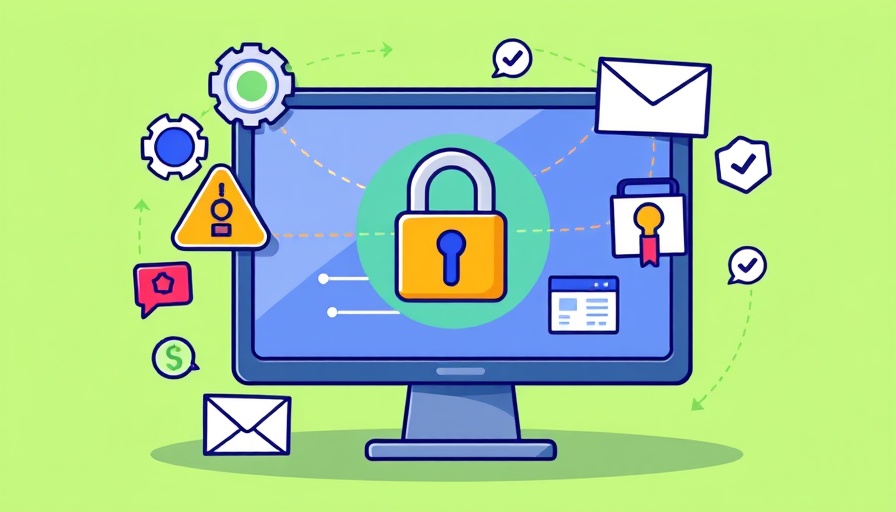
Understanding Payroll Responsibilities: A Life Cycle Perspective
In the realm of HR, few topics are as crucial yet overlooked as the responsibilities that coincide with significant life events for employees. For small business owners who often juggle multiple roles, understanding these payroll responsibilities can ensure compliance while also cultivating a supportive workplace culture. The birth of a child, adoption, or even the death of an employee are pivotal moments that necessitate specific actions.
Supporting Employees Through Birth and Adoption
The joy of welcoming a new child into the family is a transformative life event, not just for the employee but for the workplace as well. Employers are often faced with a range of obligations when it comes to supporting staff during this time, both mandated by law and offered at their discretion. Although businesses with over 50 employees are required to provide family and medical leave, many states and even the federal government incentivize paid leave through tax credits.
Offering generous leave options helps build employee loyalty and satisfaction. Moreover, it encourages open lines of communication, enhancing workplace morale during a life-changing period. This can include:
- Providing Paid Family Leave: Consider policies that extend paid leave, which can significantly boost employee retention and satisfaction.
- Adjusting the W-4 Form: New dependents often mean changes in withholding; ensure employees know how to adjust their W-4 accordingly.
- Health Coverage Changes: Employees should be informed about the ability to add their new child to their health plan, and the timeline to do so effectively.
- Retirement Plan Benefits: Educate employees on accessing potential penalty-free distributions from retirement funds for adoption or childbirth expenses.
Providing a Supportive Employment Environment
Encouraging a supportive work environment means acknowledging the full range of family-related employee needs. The PUMP Act mandates that employees have break times and appropriate spaces for breastfeeding, a considerable aspect of family and health that can often be overlooked in smaller businesses. Although compliance for businesses under 50 employees is optional, it’s worth exploring ways to accommodate these needs.
Navigating the Difficult Terrain of Employee Death
On the other side of life’s spectrum lies the unfortunate event of an employee’s death. While it’s a challenging situation, how a business responds can have lasting impacts on the morale of remaining employees and the family's experience. The key tasks employers should address include:
- Expressing Condolences: Take the time to convey your condolences to the family and the team. This could include funeral benefits or time off to attend services.
- Redistributing Duties: Quickly reassess the employee's role—transferring responsibilities and ensuring business continuity is essential during this time.
- Notifying Clients and Stakeholders: Depending on the employee's position, inform necessary contacts about their passing in a sensitive manner that honors the individual's contributions.
These responsibilities highlight the importance of maintaining clear policies and communication plans regarding sensitive life events.
Making Informed Decisions with Life Event Policies
When employers take the time to consider these payroll responsibilities, they are making a profound investment in their workforce’s well-being. Understanding the specifics around family leave, health coverage, and navigating loss can be complicated, but they lay the groundwork for a thriving business environment where employees feel valued, regardless of their circumstances.
Ultimately, the goal is not just regulatory compliance, but to create a workplace culture that recognizes and honors the life cycles of its employees. Embracing these moments indicates to your staff that you care, ensuring they feel supported both personally and professionally.
As a business owner, it’s essential to create clear policies surrounding life events and ensure your team is educated about them. The next time life brings personal changes to your workforce, you’ll be ready to respond in a way that fosters loyalty and respect.
 Add Row
Add Row  Add
Add 




Write A Comment